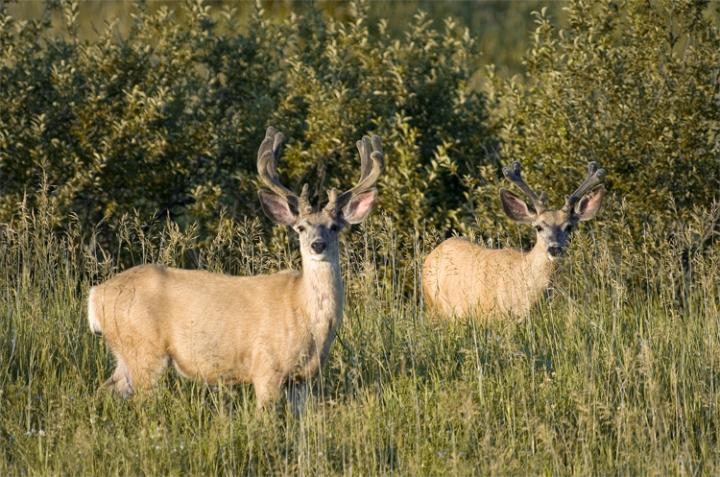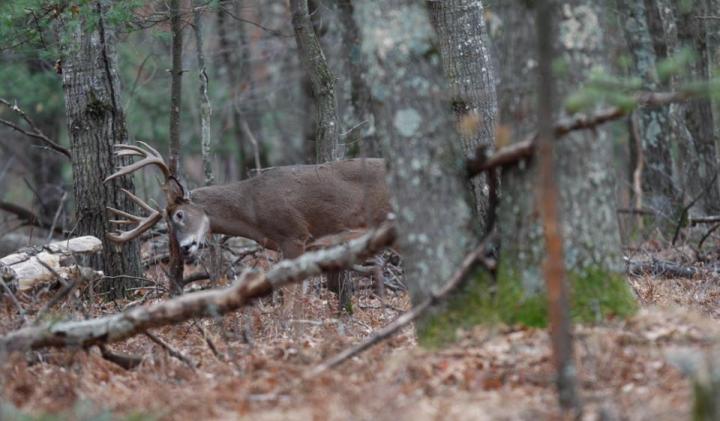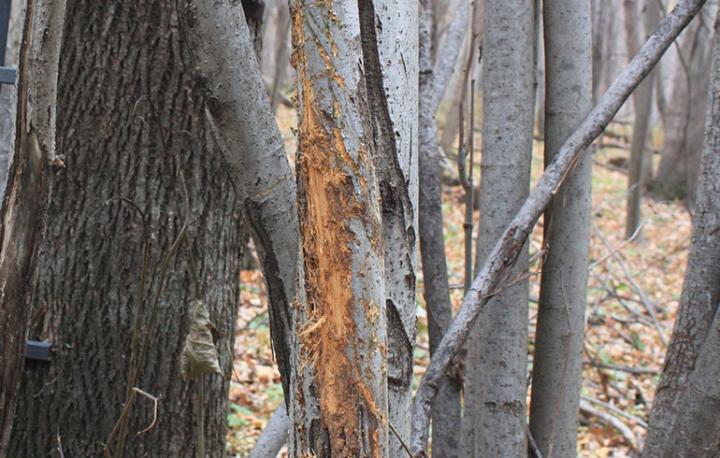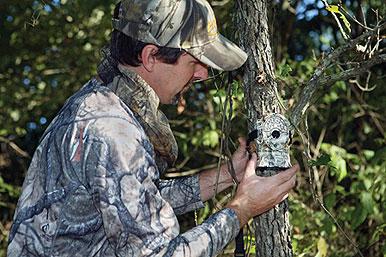Spring Scouting For Next Season's Buck

Spring has officially arrived, the days are getting longer, the weather is getting warmer, and deer hunting is the last thing on your mind. But, it shouldn't be! In fact, if you are an avid deer hunter, now is the time to get out and scout your favorite deer habitat because last year's rubs and scrapes will still be visible and, since you won't be hunting the area for several months yet, you don't have to worry about spooking the deer right before your big hunt.
In fact, when scouting deer territory, there are two factors that that are most important to you and they are finding bedding areas and food sources. Consequently, you should start your exploration by locating thickets of dense brush that might serve as a possible bedding areas. But, what constitutes a good bedding area to a deer's mind? Well, here in the Southeast, if you need either a machete or a chainsaw to cut your way in, then you have probably found an excellent bedding area! Then, once you have located such an area, start by completely circumnavigating it and noting any easy points of ingress or egress and then look for tails leading to and from those points. Next, try following any such trails you find to see if they lead to favorite food sources. If not, then try widening your search until you do locate favorite food sources. In addition, as you search for food sources, it is imperative that you also note the location of any old rubs or scrapes you see because, once you have located the possible bedding areas and food sources in an area, you should then attempt to follow last year's rub and scrape line in order to determine the buck's usual route through his territory because the best ambush spots are almost always found near primary scrape areas. Next, look for staging areas followed by funnels between bedding areas as well as transition routes between bedding and feeding areas and note any possible stand locations adjacent to them. Last, make note of any other possible stand locations for different parts of the season such as travel routes to known feeding areas for the early season and out of the way locations such as lone trees in agricultural fields or singular trees along way fence rows for the October Lull in addition to late season travel routes to and from winter food sources and escape routes for gun season.



In fact, the main advantage of spring scouting is that you can cover every inch of your hunting area and prepare multiple stand locations without disturbing that wary trophy buck immediately prior to your precious hunting season. But, by scouting now, you also increase your ability to adapt to changing deer movements without disturbing them immediately prior to hunting season. Last, as always, please feel free to post your suggestions and comments about this article below.
Written by,
Bill Bernhardt
Outdoor Professional